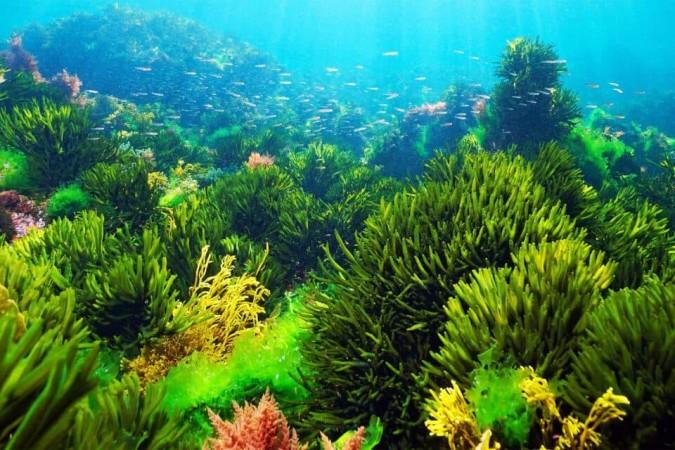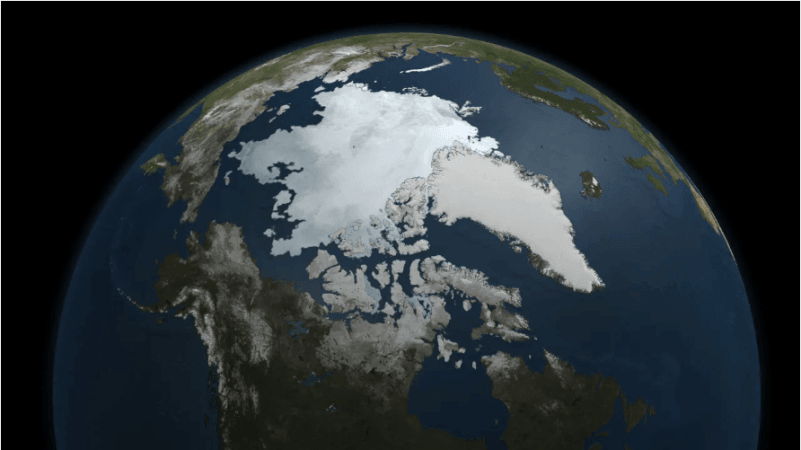
Over the past 500-plus million years, the interactions between the Earth's atmosphere, oceans, and life have created favourable conditions for early organisms.
An interdisciplinary team of scientists has explored this co-evolutionary history in a perspective article published in the National Science Review.
The team from Syracuse University, Oxford University, and Stanford University focussed on the Phanerozoic Eon, which began around 540 million years ago.
At that time, high carbon dioxide and low oxygen levels in the atmosphere posed challenges for life.
However, ocean algae played a crucial role in transforming these conditions by absorbing carbon dioxide and producing oxygen through photosynthesis.
"One of our tasks was to summarise the most important discoveries about carbon dioxide and oxygen in the atmosphere and ocean over the past 500 million years," said Zunli Lu, a Syracuse University geochemistry professor and the paper's lead author.

"We reviewed how those physical changes affected the evolution of life in the ocean. But it's a two-way street. The evolution of life also impacted the chemical environment."
The study highlighted how these changes influenced animal life in the ocean.
"The ability of animals to live in an ocean environment was affected by oxygen levels," noted Jonathan Payne, a co-author and professor of Earth and planetary sciences at Stanford University.
Payne examined ancient animals' metabolic requirements and their survival patterns in the fossil record.
As photosynthetic algae adapted to changing environmental conditions, they developed more efficient ways to perform photosynthesis, creating internal compartments to control the chemistry.
"For algae, it is changes in the environmental ratio of O2/CO2 that seems to be key to driving improved photosynthetic efficiency," explained co-author Rosalind Rickaby, a professor of geology at Oxford University.
The study emphasises the need for future research to map spatial patterns of ocean oxygen, biomarkers for photosynthesis, and metabolic tolerance in the fossil record to understand the interplay between life and the environment.
(With inputs from IANS)









